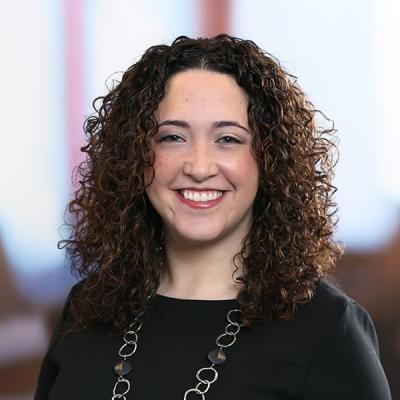Patent Term Adjustment: The Real Meaning of Applicant Delay
On January 23, 2019, the Federal Circuit decided Supernus Pharmaceuticals, Inc. vs. Iancu and shed light on Patent Term Adjustment (PTA). PTA was established by the American Inventors Protection Act of 1999 and codified at 35 U.S.C. § 154(b), which defines three kinds of United States Patent and Trademark Office (USPTO) delays, “A” delay, “B” delay, and “C” delay, and sets forth certain reductions from the summation of the Type A, B, and C delays. One of these reductions relates to Applicant delays. For an overview of PTA, see our prior articles here and here.
In Supernus, the Federal Circuit reversed and remanded the district court decision granting summary judgment in favor of the USPTO. The dispute centered on the USPTO’s PTA reduction of 646 days out of a total 886-day Applicant delay period for U.S. Patent No. 8,474,897 (“the ‘897 patent”) owned by Supernus.
The 646 days were attributed to the period of time from the filing of a Request for Continued Examination on February 22, 2011 to the filing of a supplemental information disclosure statement on November 29, 2012. Supernus filed the supplemental information disclosure statement in response to receiving a European Patent Office communication on August 22, 2012, to inform Supernus that a Notice of Opposition, citing 10 documents, had been filed. The USPTO deemed the supplemental information disclosure statement as a supplemental response under 37 C.F.R. § 1.704, and therefore treated this 646-day period as Applicant delay. Supernus asserted that it was entitled to at least 546 days of this 646-day period since there was nothing that it could have done during that time to conclude prosecution of the ‘897 Patent.
As a preliminary matter, the court concluded that the district court erred in applying Gilead when granting summary judgment for the USPTO. In Gilead, the question under review was “whether a failure to engage in reasonable efforts requires conduct that actually causes delay.” In contrast, the question under review in this case was whether 35 U.S.C. § 154(b)(2)(C)(i) affords the USPTO the ability to impute, as part of Applicant delay, a period that exceeds “time during which the applicant failed to engage in reasonable efforts to conclude prosecution of the application.” 35 U.S.C. § 154(b)(2)(C)(i).
Given that this case involved the USPTO’s statutory interpretation of 35 U.S.C. § 154(b)(2)(C)(i), the court applied the Chevron framework. And in doing so, the court found that:
the statutory period of PTA reduction must be the same number of days as the period from the beginning to the end of the applicant’s failure to engage in reasonable efforts to conclude prosecution. PTA cannot be reduced by a period of time during which there is no identifiable effort in which the applicant could have engaged to conclude prosecution because such time would not be “equal to” and would instead exceed the time during which an applicant failed to engage in reasonable efforts.
On the basis of the plain reading of the statute, the court held that “the USPTO may not count as applicant delay a period of time during which there was no action that the applicant could take to conclude prosecution of the patent.”
Further, in applying the foregoing interpretation to the relevant facts of the case, the court agreed that Supernus could not have taken any action to advance prosecution of the ‘897 patent during the 546-day period. Moreover, the court noted that “[h]ere, the USPTO’s interpretation of the statute would unfairly penalize applicants, fail to incentivize applicants not to delay, and fail to protect applicants’ full patent terms.”
This case highlights the importance of verifying the accuracy of the USPTO’s PTA calculation. Thus, it is generally good practice for Applicants to independently carry out their own PTA calculation according to the current rules and regulations of the USPTO, and if there is an error, to file a petition with the USPTO to challenge the PTA calculation.


